
Click here to view image

Click here to view image

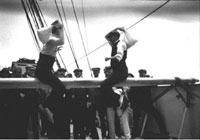
Click here to view image

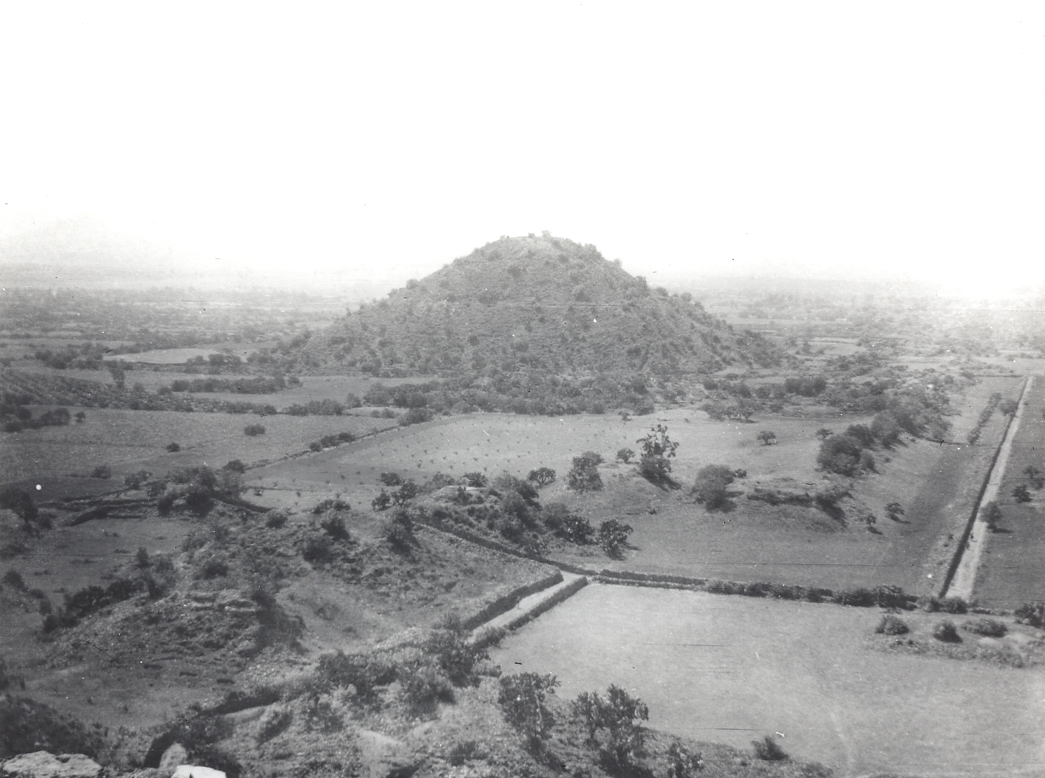
Click here to view image


Click here to view image

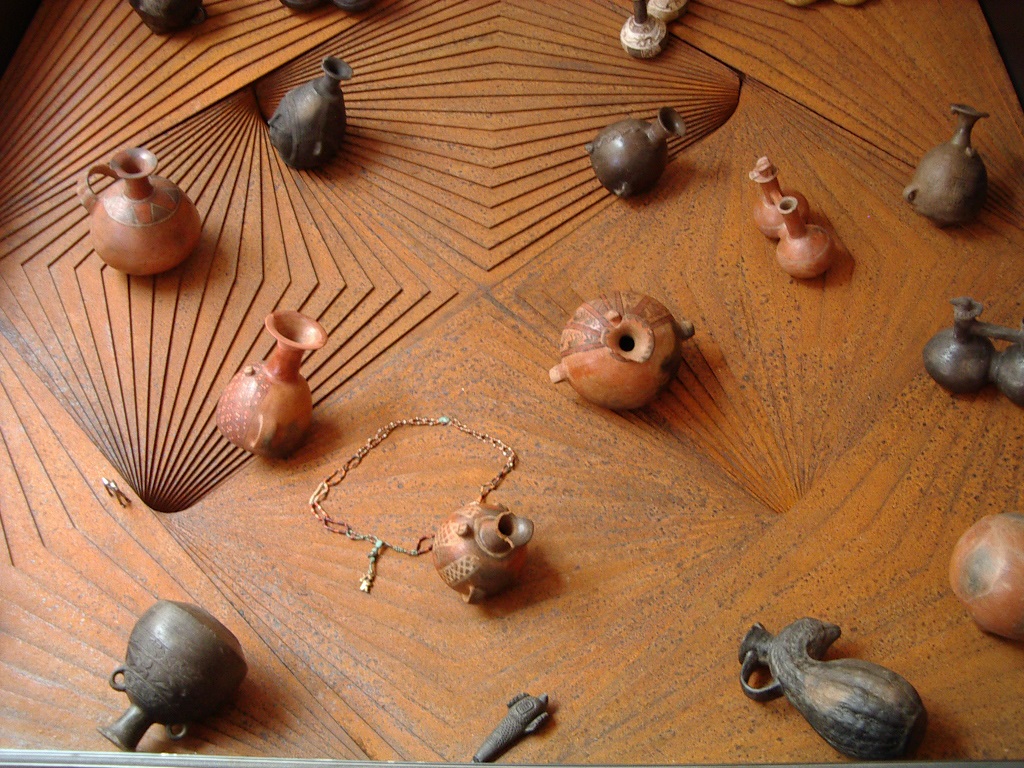
Click here to view image

Click here to view image
Click here to view image
Chancay Installation
Installazione Chancay
Click here to view image
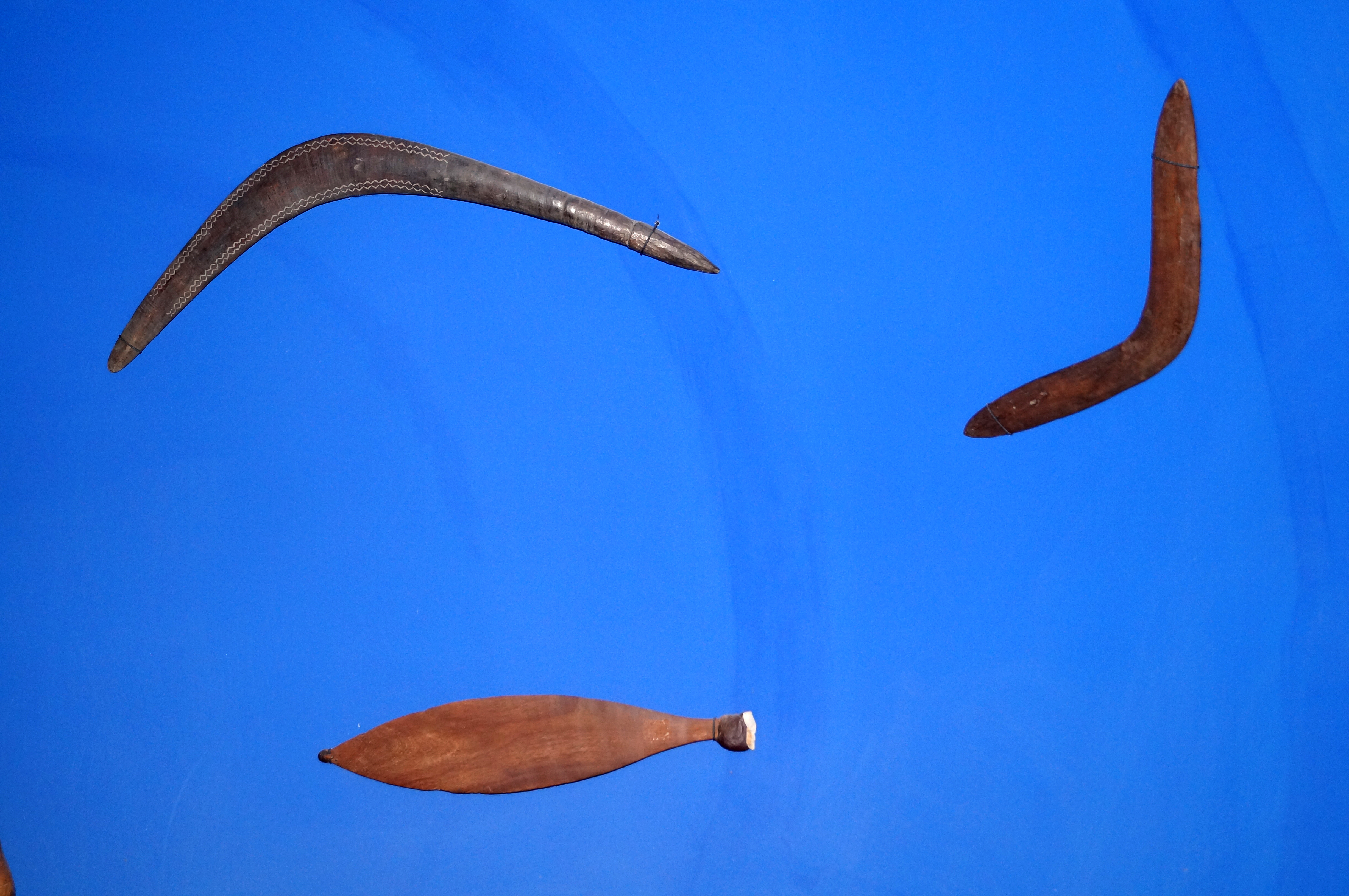
Click here to view image

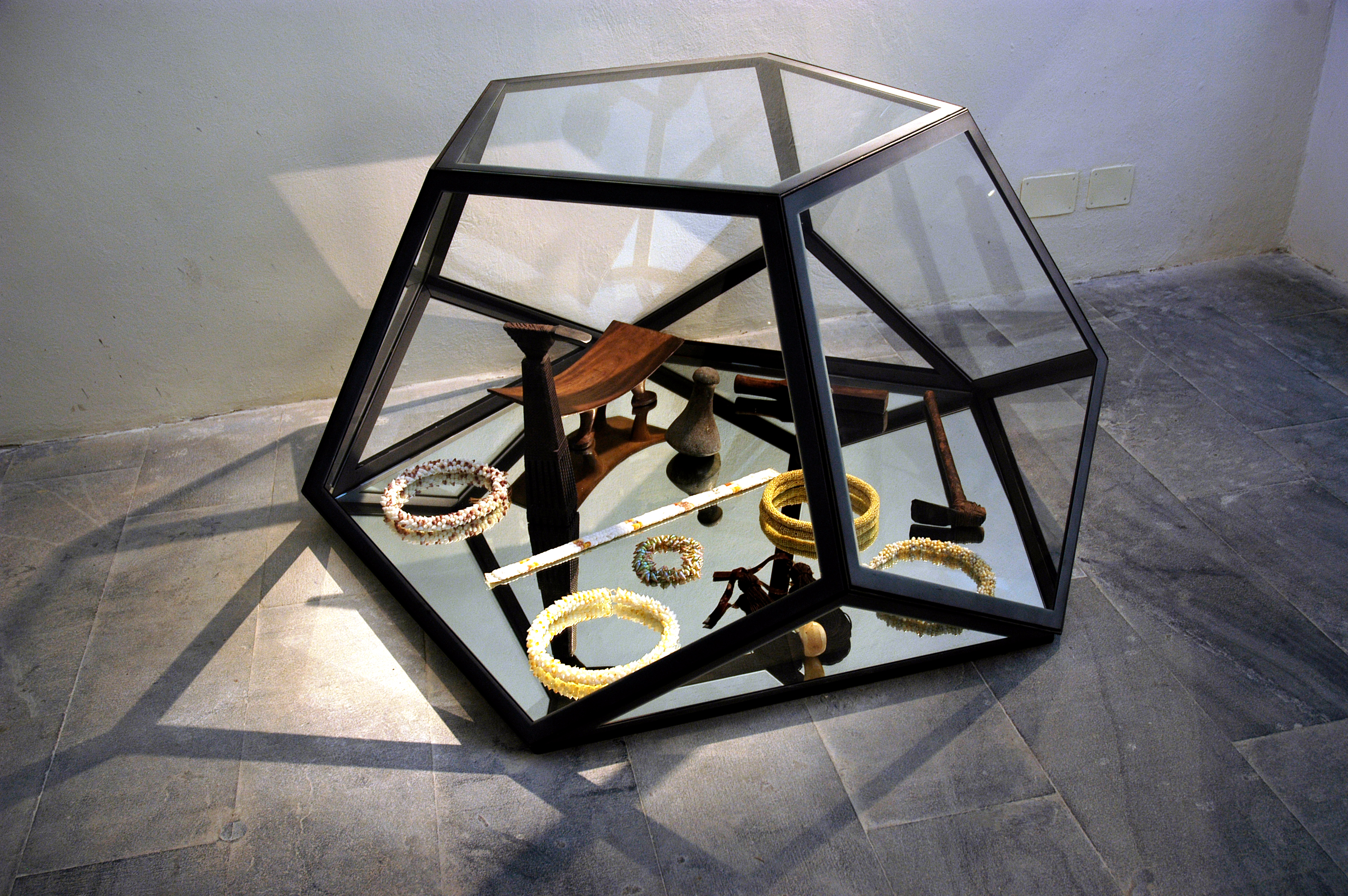
Click here to view image




Headquarters:
Municipality of Genoa - Palazzo Tursi
Via Garibaldi 9 - 16124 Genoa
C.F / VAT 00856920102